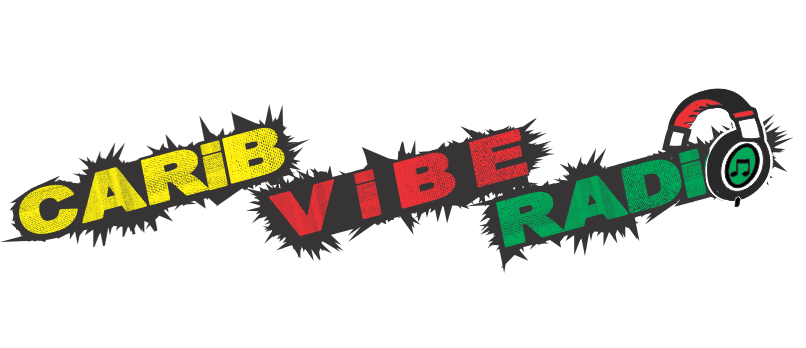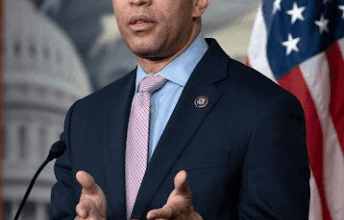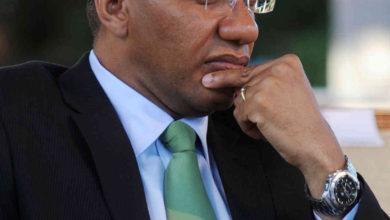Cash-strapped Caribbean recovers from deadly Storm Laura
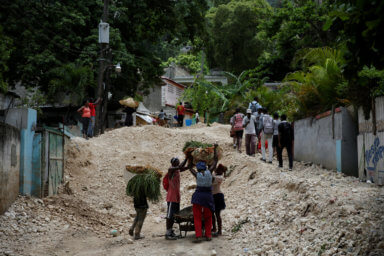
PORT-AU-PRINCE/HAVANA (Reuters) – Caribbean islands already reeling from the economic impact of coronavirus started recovering on Tuesday from the damage wrought by Tropical Storm Laura, which left at least 24 dead and damaged thousands of homes and electricity infrastructure.
Brigades of workers were out fixing toppled power poles, removing fallen trees blocking roads and repairing roofs after the storm blustered through the region’s largest countries. – Laura has become a hurricane since exiting Cuba on its northwestern path towards the United States.
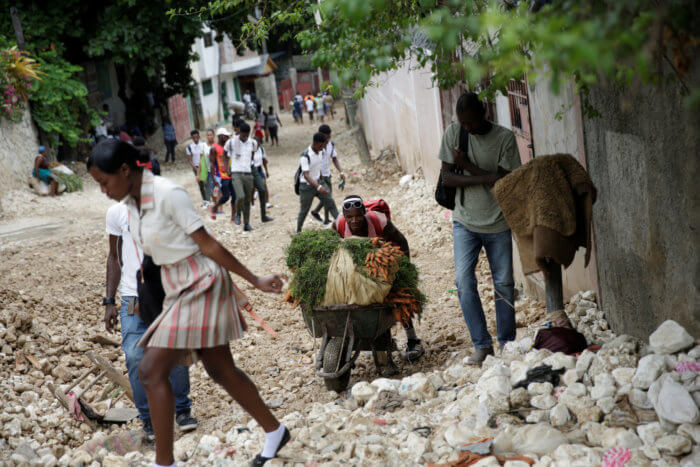
Laura caused the most damage in Haiti, where preparedness is weak while deforestation has left the country vulnerable to flooding and landslides when there are heavy rains.
Torrents of water carrying rocks down from the mountains barreled through a marketplace in a ravine of Port-au-Prince before dawn on Sunday, including the warehouses where many vendors were sleeping.
“I came here straight away only to find my mother dead,” said Lorius Joseph, 38, heaving and struggling to talk in front of her corpse. “She used to sell pork bits on the market.”
After the rains subsided, vendors scoured the mud for merchandise like vegetables and eggs.
At least 21 people were killed in total, mainly from flash flooding that turned the capital’s roads into raging rivers, and 198 families were left homeless, according to the Haitian Civil Protection Office.
Five people were still missing on Tuesday, including a woman whose baby was already found dead after their car got stuck in flooding.
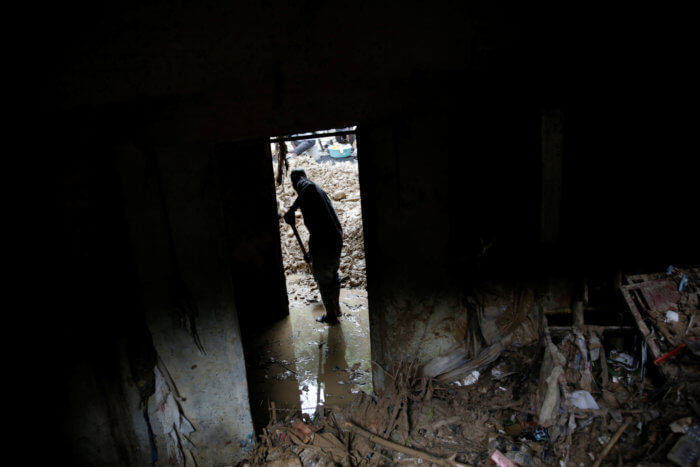
Locals fear Laura is just a small preview of what is to come, with the hurricane season typically peaking in September.
The Caribbean has experienced four Category 5 hurricanes at the top of the five-step Saffir-Simpson wind scale in the last four years, including Hurricane Matthew which killed more than 500 in Haiti.
Some scientists say hurricane season is becoming more intense due to warming seas in the wake of climate change and forecasters have predicted a particularly active one this year.
The impact too is more severe due to stretched resources in a region particularly affected by the collapse of tourism in the wake of the coronavirus pandemic, with 50-90% of GDP and employment in some islands depending on the sector.
BATTERED BANANAS, TRAPPED COMMUNITIES
In the Dominican Republic, the Caribbean’s top tourism market, Laura left at least three dead, while in Jamaica, landslides and swollen rivers left some roads impassable, washing out at least one bridge.
“We can’t get in and out of community,” said Troy Cruickshank, 33, in the eastern parish of St. Thomas on Tuesday.
In Cuba, there was no loss of life reported after more than 316,000 people were evacuated but a thousand homes were damaged, President Miguel Diaz-Canel said, and some farms were affected.
“Laura’s winds of around 75 km (47 miles) per hour felled my banana plantations, while the rain destroyed my yucca,” said Raul Mayol, 44, in the southern Isle of Youth. “We still don’t have electricity because lots of poles were toppled.”
Diaz-Canel noted however the rains had been positive for regions affected by drought, replenishing reservoirs and drenching parched fields.
(Reporting by Sarah Marsh and Nelson Acosta in Havana; Andre Paultre in Port-au-Prince; Kate Chappell in Kingston; Editing by Marguerita Choy)
The post Cash-strapped Caribbean recovers from deadly Storm Laura appeared first on Caribbean Life News.
